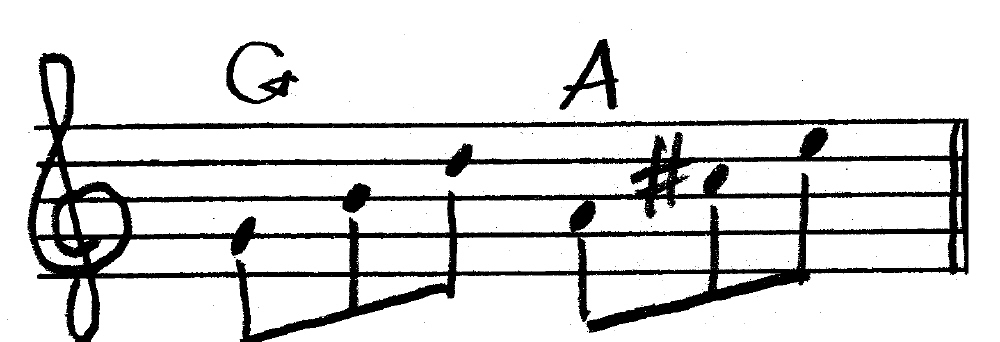A few days ago I received a note from Italian saxophonist Gianfranco Balena informing me of his new website, Saxopedia. Having checked it out, I’m taking a moment to recommend that you do the same if you’re a saxophonist–or, for that matter, if you’re a jazz instrumentalist of any denomination.
Saxopedia is clearly a labor of love on the part of Mr. Balena, and it looks to be a site that will be regularly updated. Of particular interest is the index of jazz solos. Featuring links to over 1,000 free solo transcriptions that cover a huge array of well-known saxophonists, this is as exhaustive a compendium of solos for memorization and study as you’ll ever find. It’s a terrific resource, and you owe yourself a visit. Once you’ve been there, I’m betting you’ll return for more. I will, that’s certain.





